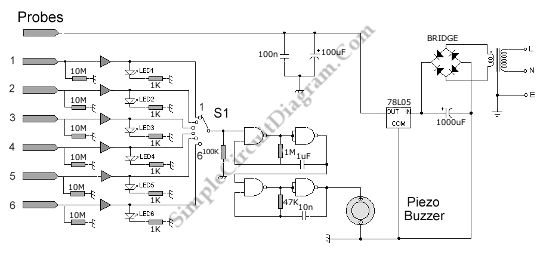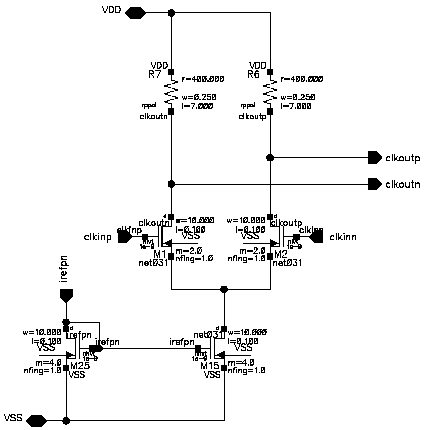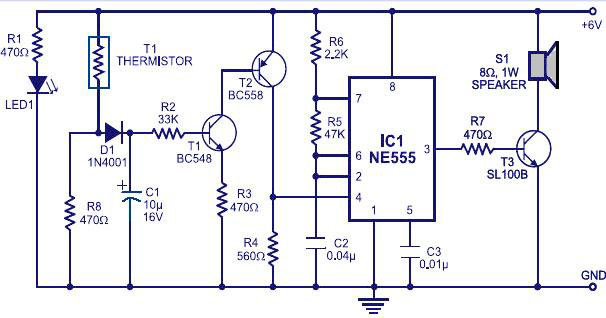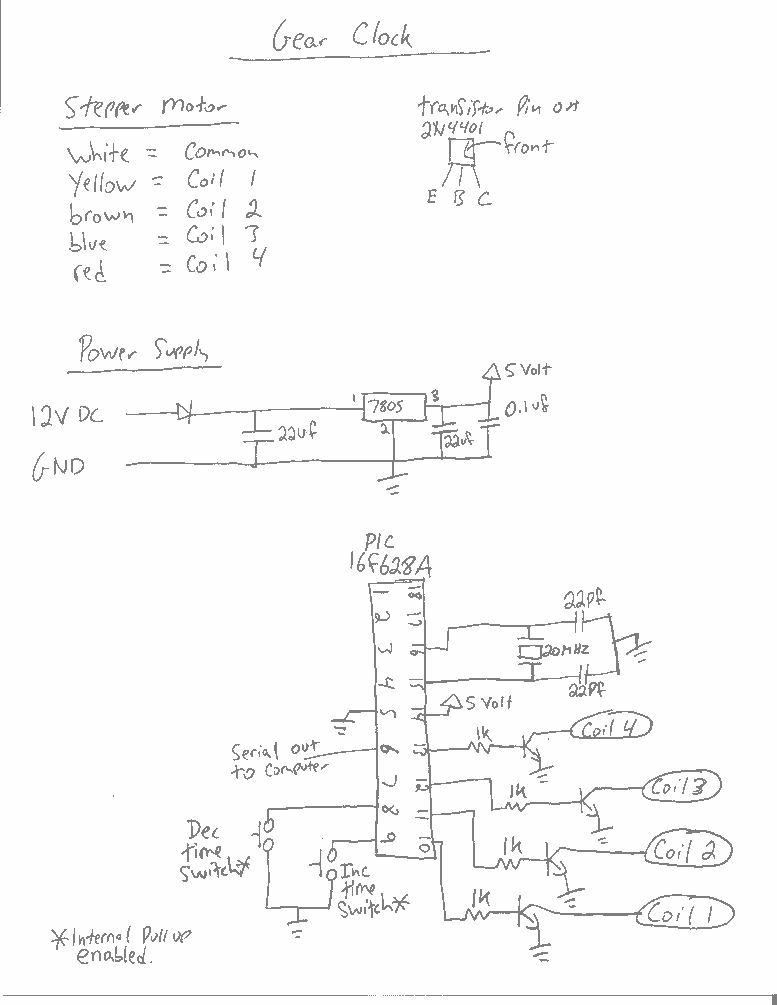
hacks n mods cia clock intruder alarm

Abstract Can you recall the movie Entrapment, in which the lead actress, Katherine Zeta-Jones, attempted to bypass the security systems of a building to obtain a highly valuable item? In the film, she had to train extensively to navigate an area protected by invisible lasers, which would trigger an alarm if the beam was interrupted.
In the context of electronic schematics, the concept of invisible laser security systems can be translated into an electronic circuit design involving laser diodes and photodetectors. The primary components of this system include a laser source, such as a laser diode, which emits a focused beam of light across a designated area. This beam serves as an invisible barrier.
The receiving end of the system consists of a photodetector, which can be a photodiode or a phototransistor, positioned to detect the presence of the laser beam. When the beam is uninterrupted, the photodetector remains in a stable state, allowing a certain voltage to be maintained in the circuit. However, when an object crosses the path of the laser beam, it interrupts the light, causing the photodetector to switch states. This change can be used to trigger an alarm system or activate other security measures.
The circuit may also include additional components such as resistors to limit current, capacitors for noise filtering, and an operational amplifier to enhance the signal from the photodetector. A microcontroller can be integrated into the design to process the signals from the photodetector, enabling more sophisticated functionalities such as remote monitoring or integration with other security systems.
Power supply considerations are crucial for ensuring the reliability of the laser and detection components, typically utilizing a regulated DC power source. Furthermore, safety measures should be implemented to prevent accidental exposure to the laser beam, especially in environments where people may inadvertently enter the area.
Overall, the design of such a laser security system not only provides a practical application of electronic components but also illustrates the principles of light detection and electronic signal processing in a real-world scenario.Abstract Can you remember the movie Entrapment wherein the lead actress (Katherine Zeta Jones) tried to defeat the security of the building to get a very valuable item? In the movie she had to practice very well only to cross an area guarded by invisible lasers that once the line is cut it would trigger..
🔗 External reference
In the context of electronic schematics, the concept of invisible laser security systems can be translated into an electronic circuit design involving laser diodes and photodetectors. The primary components of this system include a laser source, such as a laser diode, which emits a focused beam of light across a designated area. This beam serves as an invisible barrier.
The receiving end of the system consists of a photodetector, which can be a photodiode or a phototransistor, positioned to detect the presence of the laser beam. When the beam is uninterrupted, the photodetector remains in a stable state, allowing a certain voltage to be maintained in the circuit. However, when an object crosses the path of the laser beam, it interrupts the light, causing the photodetector to switch states. This change can be used to trigger an alarm system or activate other security measures.
The circuit may also include additional components such as resistors to limit current, capacitors for noise filtering, and an operational amplifier to enhance the signal from the photodetector. A microcontroller can be integrated into the design to process the signals from the photodetector, enabling more sophisticated functionalities such as remote monitoring or integration with other security systems.
Power supply considerations are crucial for ensuring the reliability of the laser and detection components, typically utilizing a regulated DC power source. Furthermore, safety measures should be implemented to prevent accidental exposure to the laser beam, especially in environments where people may inadvertently enter the area.
Overall, the design of such a laser security system not only provides a practical application of electronic components but also illustrates the principles of light detection and electronic signal processing in a real-world scenario.Abstract Can you remember the movie Entrapment wherein the lead actress (Katherine Zeta Jones) tried to defeat the security of the building to get a very valuable item? In the movie she had to practice very well only to cross an area guarded by invisible lasers that once the line is cut it would trigger..
🔗 External reference





